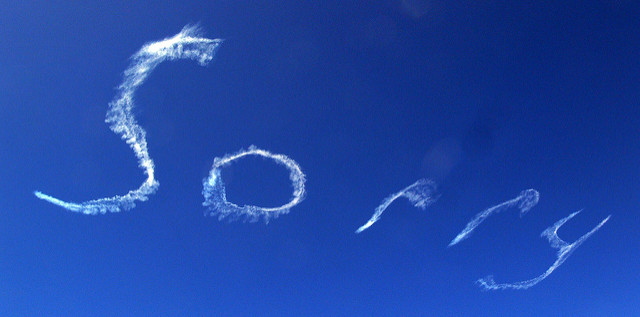Talk about a PR bombshell. After dropping hints that he would unveil a “big surprise” on Sunday’s “60 Minutes” program, Amazon’s Jeff Bezos launched a preemptive Cyber Monday PR strike…with a drone.
As the highlight of a feature segment that went behind the scenes of the company’s vast holiday delivery operation (kind of a digital Santa’s workshop), Bezos demonstrated a half-hour transport service that’s straight out of The Jetsons. (Look it up, kids.) Called Amazon Prime Air, it works like this: a specially equipped drone called an octocopter picks up a package at the end of a conveyor belt in a fulfillment center, takes flight, and effects a gentle landing at your doorstep.
Hot air? Pie-in-the-sky? Maybe, but this is of the genius variety. After all, the Amazon logistics story has been told and is even a little tired. We’ve heard about its warehouse expansion plans, private label offerings, and new categories. It was time for a fresh notion. What could be better than a package-bearing drone? It was a deux-ex-machina of a PR placement.
Problem is, the delivery drones are at least five years away, and the FAA won’t issue rules before 2015. So, the octocopter story may be more about hype than anything else. Amazon has drawn some criticism for the PR stunt, as has Charlie Rose, whose gushy interview style matched Bezos’s own boyish demeanor and included awestruck comments like, “You guys can organize the world.”
But let’s give credit where it’s due. As much as it served as a well-time holiday commercial for the Amazon delivery operation, the thing that made the segment go viral was the sci-fi touch. The real point wasn’t as much about Cyber Monday or drones as it was about two consistent Amazon brand attributes: innovation, and what Bezos calls its “customer-centricity.” Even amid some transparently canned one-liners in response to criticism (“Complaining is not a strategy”), Bezos delivered on his message points.
We may be waiting a few more years, or decades, for those drones at our doorstep, but there’s no doubt what Amazon is trying to communicate, and I’d say they delivered.

